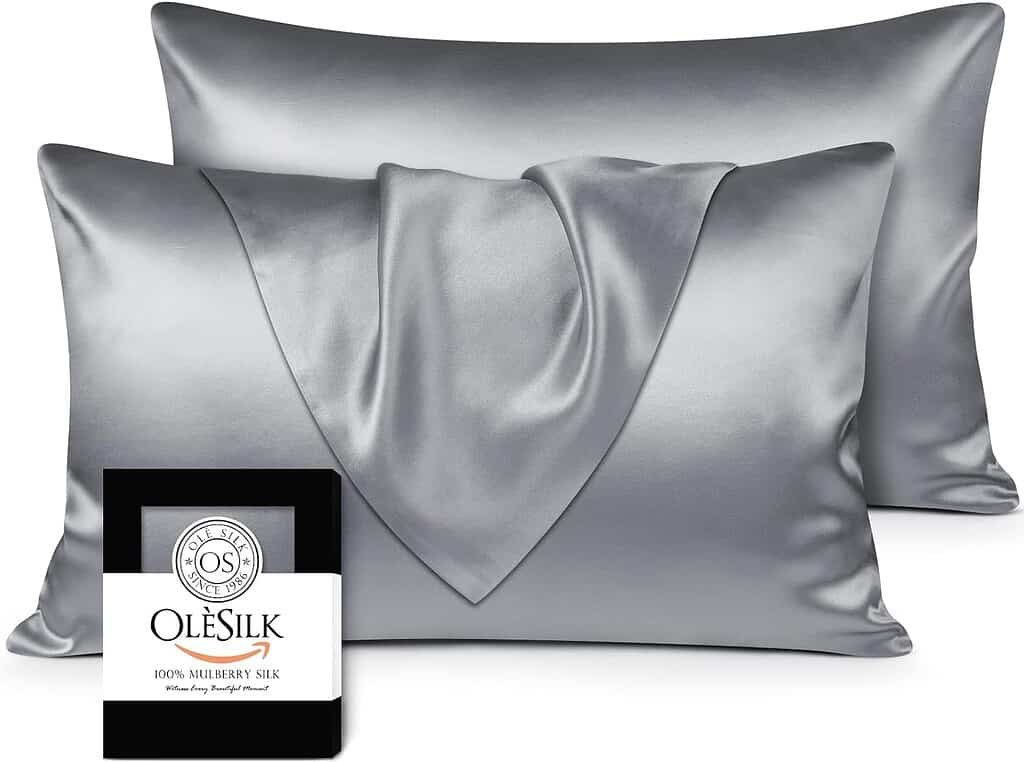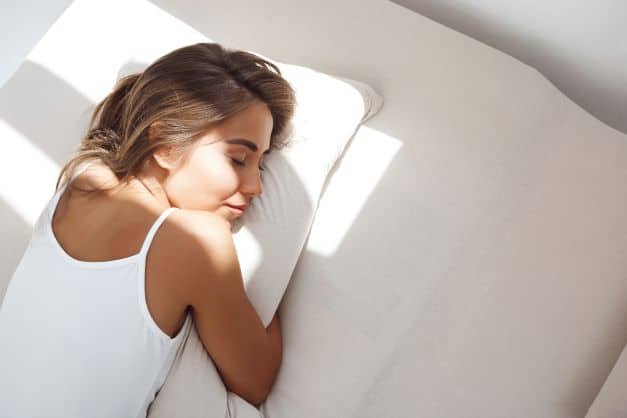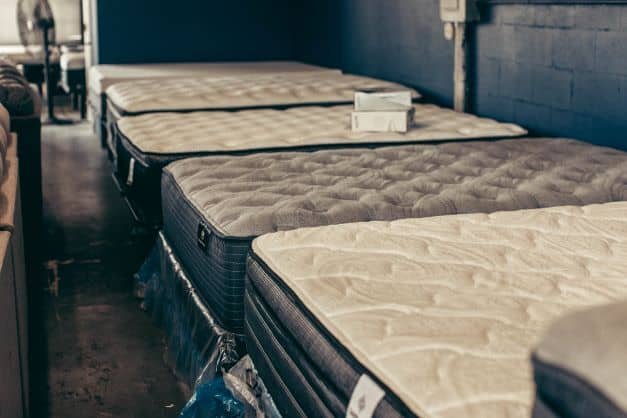Are Silk Pillowcases Good for Acne Prone Skin? A Casual Insight
Silk pillowcases have gained popularity for their numerous beauty benefits, particularly for those plagued by acne. As enduring members of the acne-prone community, we understand the struggle to clear our skin of pesky blemishes. Our search for an effective skincare routine eventually led us to the intriguing world of silk pillowcases, sparking curiosity about their true worth.
Over time, we’ve incorporated various seemingly non-essential beauty items into our routine, such as jade facial rollers, magnetic face masks, and silk pillowcases. While not entirely necessary, these items have become indispensable and improved our skin’s health. Delving into silk pillowcases, we aim to share our experiences and investigate their potential benefits in combatting acne.
Key Takeaways
- Silk pillowcases may offer various skin benefits, particularly for acne-prone individuals.
- Incorporating additional beauty tools into your routine can improve overall skin health.
- Exploring the efficacy and potential hype surrounding silk pillowcases can lead to finding practical solutions for acne.
Acne Triggers
Alright, let’s dive into what causes acne. It’s a bummer, but there’s no one-size-fits-all reason for acne breakouts. It varies from person to person and could be due to hormones, stress, medications, genes, or even our surroundings.
Acne happens when our hair follicles get blocked with a mix of sebum and dead skin cells, creating a plug. This leads to those pesky whiteheads and blackheads we all know and loathe. Things get even worse when bacteria get involved and contaminate these clogged follicles. Over time, they can expand and form those dreaded, stubborn red spots called papules.
If acne keeps growing and eventually ruptures, we’re left with inflammation and a build-up of pus. Depending on how close to the skin’s surface this takes place, you could end up with a pimple or, if deeper in the skin, an even more bothersome abscess or cyst. There we have it, some of the leading acne triggers we all need to monitor to help maintain clear, healthy skin.
So, what’s the deal with silk pillowcases and acne?
Let’s be honest: we can’t claim that silk pillowcases are a magical cure for acne. There’s no solid scientific proof that they’ll stop breakouts forever. However, they can help if you’re dealing with regular flare-ups, making silk a better choice than cotton. Acne can be triggered by various factors, including hormones, genetics, and stress, and the wrong pillowcase can worsen the situation by causing micro-irritation.
It’s crucial to remember that not everyone’s acne is caused or worsened by their pillowcase. However, if your pillowcase isn’t washed or changed frequently, bacteria, oil, and dirt build-up can transfer back onto your skin, potentially aggravating acne. If you’re using a topical acne treatment, you don’t want it to be absorbed by your pillowcase instead of your skin.
Think of your pillowcase as a sponge, particularly cotton ones. They can absorb all sorts of things from your face, including makeup residue, oils, creams, serums, and sweat. Even hair products can seep into your pillowcase; some may contain ingredients like oil or silicone that can trigger inflammation and breakouts. The moisture your pillowcase absorbs can also attract bacteria and allergens, contributing to acne risk.
Various pillowcase materials can affect your skin differently. Dermatologists often recommend silk, sateen, or satin pillowcases to reduce skin irritation and dryness. In contrast, polyester, a popular and affordable choice, might not provide the same benefits. If you’re looking for other options that could be gentler on your skin, consider bamboo or Egyptian cotton pillowcases.
What are the benefits of a silk pillowcase?
Silk pillowcases offer numerous advantages for your skin, acting like the icing on the cake of your skincare routine. While no pillowcase can entirely prevent hormonal acne, silk pillowcases create a healthier, cleaner sleeping environment that may minimise breakouts. Silk, a natural fibre, won’t clog your pores or absorb moisture and products, making it ideal for skin health.
Due to its smooth, tightly woven nature, silk is gentler on your skin, causing less friction and abrasion. This can help decrease redness, inflammatory responses and facial puffiness, particularly for sensitive skin. While not a complete solution for acne prevention, silk pillowcases are a valuable addition to your skincare regimen.
Here are some of the critical benefits of silk pillowcases:
- Moisture retention: Silk pillowcases are breathable and hypoallergenic, helping to regulate temperature and keep your skin hydrated.
- Reduced frizz and bedhead: The smoothness of silk can help prevent frizzy hair, making it easier to manage in the morning.
- Fewer wrinkles and fine lines: The reduced friction can help prevent wrinkle formation and reduce fine lines during sleep.
- Quality matters: When shopping for silk pillowcases, consider the momme weight, which indicates the fabric’s density. Opt for mulberry silk with a higher momme count for better quality and durability.
- In summary, silk pillowcases offer various benefits that can enhance your sleep environment and overall skincare routine. Give them a try and see the difference they can make!
Preventative Steps You Can Take
Washing our faces every night is essential to maintaining a healthy skincare routine. Not only does it help remove dirt, grime, and makeup, but it also keeps our bedding clean. Please consult a dermatologist to find out the best cleaning treatment for your skin type.
Resisting the urge to squeeze spots or pimples can be tough, but avoiding this can help prevent the spread of bacteria and further aggravation of our skin. If we experience cysts or nodules causing pain beneath the skin, it’s vital to seek help from a dermatologist who can perform safe extractions if necessary.
It’s crucial to remember that clean pillowcases are a vital part of maintaining healthy skin. We recommend washing your pillowcases every two to three days, regardless of their material – including silk. When laundering, use a pH-neutral detergent and avoid fabric softeners, as even fragrance-free options can contain softening agents harmful to acne-prone skin. Investing in a silk pillowcase can be an excellent addition to our skincare routines. Although it might not cure acne entirely, it has been known to relieve painful spots and shorten the duration of some blemishes simply by switching from a cotton pillowcase.
Here are some key takeaway points for maintaining healthy skin:
- Wash your face every night, and always remove makeup
- Refrain from squeezing spots or pimples
- Wash pillowcases every two to three days using a pH-neutral detergent
- Avoid fabric softeners and choose a high thread count fabric for your pillowcase
- Consider investing in a silk pillowcase to improve skin condition
- We also encourage you to explore other articles on the benefits of silk and how it can help prevent frizz, contributing to both healthy skin and hair. By incorporating these preventative steps into our routines, we can work towards achieving healthier and more radiant skin.
Frequently Asked Questions
Can silk pillowcases help decrease acne?
Yes, silk pillowcases can help reduce acne. Their smooth texture and tightly woven fibres create a gentle surface that minimises irritation and friction, benefiting those with acne-prone skin. Silk pillowcases may also reduce the chances of breakouts by absorbing less skincare products and oil. Learn more here.
How effective are anti-acne pillowcases?
Anti-acne pillowcases, made from materials like silk or those containing antimicrobial properties, can effectively promote healthier skin conditions and reduce acne. Keep in mind, though, that many factors contribute to acne, so a pillowcase alone won’t be a miracle cure. Consistent skin care routines and a healthy lifestyle are also essential.
What advantages do silk pillowcases offer for the skin?
Silk pillowcases are beneficial for the skin because they provide a smooth, soft surface that minimises friction. This reduced friction can help prevent wrinkles, fine lines, and acne. Silk pillowcases are less absorbent than cotton, allowing your skin to stay hydrated and retain your skincare products better. Read more about the benefits of silk.
Is satin or silk better for acne-prone skin?
Both satin and silk pillowcases can help alleviate acne-prone skin by reducing friction and irritation. However, silk may offer additional benefits due to its natural properties and breathability. It is generally considered more luxurious and better suited for acne-prone skin. Find out more about silk and satin.
Is bamboo a superior choice for individuals with acne-prone skin?
Bamboo-derived pillowcases can be an excellent alternative for those with acne-prone skin, as they are naturally antibacterial, hypoallergenic, and breathable. Silk pillowcases may be better because of their smoother texture and moisture-wicking properties. Learn more about bamboo and acne-prone skin.
Which type of silk is ideal for people with acne-prone skin?
Mulberry silk with a momme count of 19 or above is ideal for people with acne-prone skin. It’s smoother, more luxurious, and stronger than other silk types, providing a gentle surface that can help reduce skin irritation and acne. Explore more about mulberry silk.



